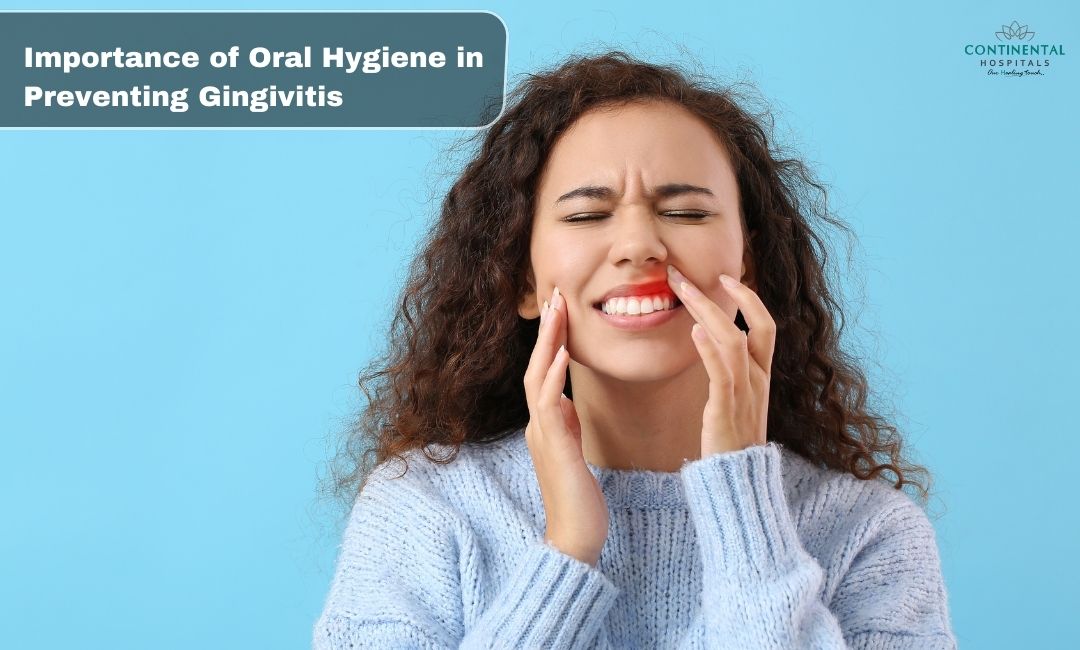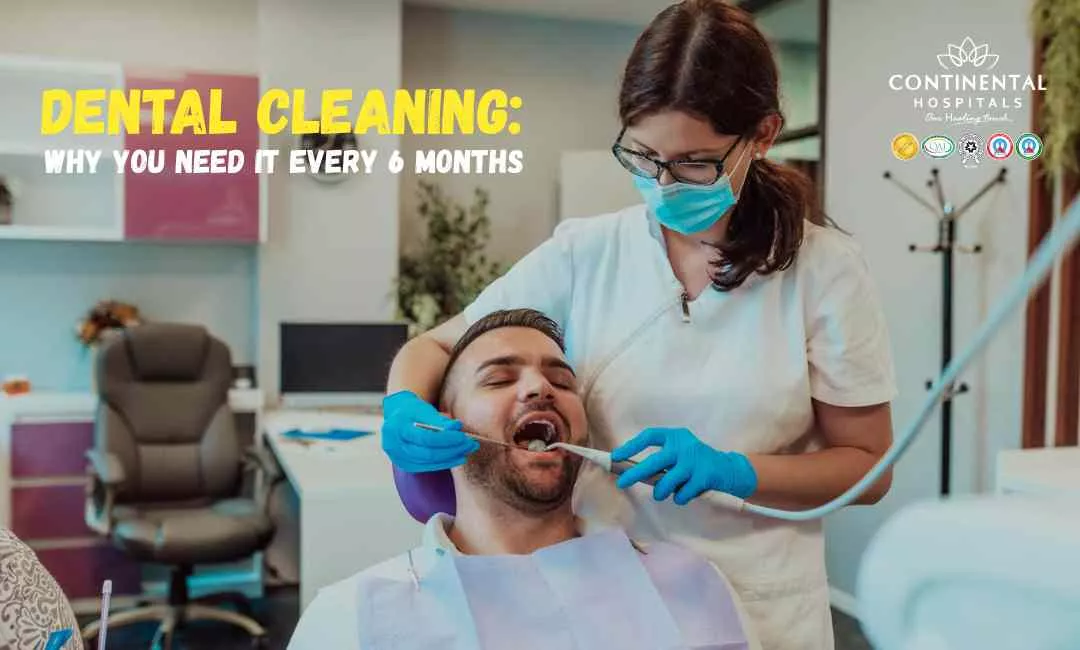Oral hygiene is not just about maintaining a bright smile; it's crucial for overall health, particularly in preventing common dental ailments like gingivitis. Gingivitis, characterized by inflammation of the gums, is often the first stage of gum disease and can progress to more severe conditions if left untreated. In this comprehensive guide, we'll delve into the importance of oral hygiene in preventing gingivitis and explore practical tips for maintaining optimal oral health.
Understanding Gingivitis:
Before we delve into the significance of oral hygiene in preventing gingivitis, it's essential to understand what gingivitis is and how it develops. Gingivitis is a mild form of gum disease caused by plaque—a sticky film of bacteria that forms on the teeth. When plaque isn't adequately removed through proper oral hygiene practices such as brushing and flossing, it can irritate the gums, leading to inflammation, redness, swelling, and bleeding.
Importance of Oral Hygiene in Preventing Gingivitis:
Plaque Removal: Proper oral hygiene, including regular brushing and flossing, helps remove plaque, a sticky film of bacteria that forms on teeth. If plaque is not removed, it can harden into tartar, which can only be removed by a dental professional.
Prevention of Gum Disease: Gingivitis is the earliest stage of gum disease. By practicing good oral hygiene habits, you can prevent the progression of gingivitis to more severe forms of gum disease, such as periodontitis.
🥗 Healthy Plate Challenge
🍽 Add Your Favorite Dish
Pick Your 6 favorite foods, eat, and see the results.Drag & drop foods onto your plate.
Drop Food Here
Reduction of Inflammation: Brushing and flossing help reduce inflammation of the gums by removing plaque and bacteria. This can prevent symptoms such as redness, swelling, and bleeding of the gums, which are common signs of gingivitis.
Preservation of Oral Health: Maintaining good oral hygiene not only prevents gingivitis but also helps preserve overall oral health. By preventing gum disease, you can avoid complications such as tooth loss, gum recession, and bone damage.
Improvement of Overall Health: There is growing evidence that oral health is linked to overall health. Poor oral hygiene and untreated gum disease have been associated with an increased risk of systemic conditions such as heart disease, diabetes, and respiratory infections.
Symptoms of Gingivitis
Gum Redness: Healthy gums are typically pink in color. In gingivitis, the gums may appear red or purplish instead of their normal color.
Swollen Gums: Gingivitis often causes swelling of the gums, making them appear larger or more puffy than usual.
Gum Bleeding: One of the hallmark signs of gingivitis is bleeding gums, especially during brushing, flossing, or eating hard foods. This bleeding might be mild or more pronounced, depending on the severity of the gingivitis.
Tender Gums: The gums may feel tender or sensitive to touch. This tenderness can make brushing and flossing uncomfortable.
Bad Breath (Halitosis): Gingivitis can lead to persistent bad breath that doesn't improve with regular oral hygiene practices. This is often due to the accumulation of bacteria in the mouth.
Receding Gums: In some cases, gingivitis can cause the gums to pull away from the teeth, creating pockets or gaps between the teeth and gums. This can lead to further complications if left untreated.
Change in Bite: As gingivitis progresses, you might notice changes in the way your teeth fit together when you bite or chew. This can be due to gum recession or shifting teeth.
Practical Tips for Maintaining Optimal Oral Hygiene:
Brush Twice Daily: Brush your teeth at least twice a day, preferably after meals, using fluoride toothpaste and a soft-bristled toothbrush. Make sure to brush all surfaces of your teeth, including the back molars and along the gumline.
Floss Daily: Flossing removes plaque and food particles from between your teeth and under the gumline, where your toothbrush can't reach. Be gentle to avoid injuring your gums, and use a fresh section of floss for each tooth.
Use Mouthwash: Rinse with an antiseptic mouthwash to help kill bacteria and freshen your breath. Look for a mouthwash that contains fluoride for extra protection against cavities.
Limit Sugary Foods and Beverages: Sugary foods and drinks can contribute to tooth decay. Try to limit your intake of sugary snacks and beverages, and if you do indulge, brush your teeth afterward or rinse your mouth with water.
Drink Plenty of Water: Water helps rinse away food particles and bacteria that can lead to tooth decay and gum disease. Aim to drink plenty of water throughout the day, especially after meals.
Eat a Balanced Diet: A diet rich in fruits, vegetables, lean proteins, and whole grains provides essential nutrients for healthy teeth and gums. Calcium-rich foods like dairy products also help strengthen tooth enamel.
Replace Your Toothbrush Regularly: Replace your toothbrush every 3 to 4 months, or sooner if the bristles become frayed. A worn-out toothbrush won't clean your teeth effectively.
Visit Your Dentist Regularly: Schedule regular dental check-ups and cleanings with your dentist or dental hygienist. They can spot early signs of problems like cavities and gum disease and provide professional cleanings to remove plaque and tartar buildup.
Quit Smoking: Smoking and using tobacco products can increase your risk of gum disease, tooth decay, and oral cancer. If you smoke, talk to your doctor or dentist about strategies to quit.
Protect Your Teeth: Wear a mouthguard when playing sports or engaging in activities that could result in a blow to the mouth. This helps prevent chipped or knocked-out teeth and other dental injuries.
Gingivitis is a common and preventable condition that underscores the importance of good oral hygiene. By practicing consistent oral hygiene habits such as brushing, flossing, and regular dental visits, you can significantly reduce your risk of developing gingivitis and maintain a healthy smile for years to come. Remember, your oral health is an essential component of your overall well-being, so prioritize it accordingly.
Related Blog Topic:
.webp)














